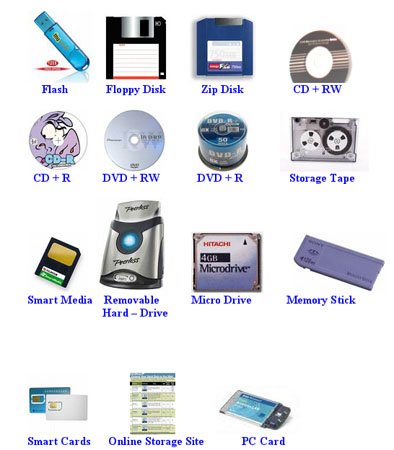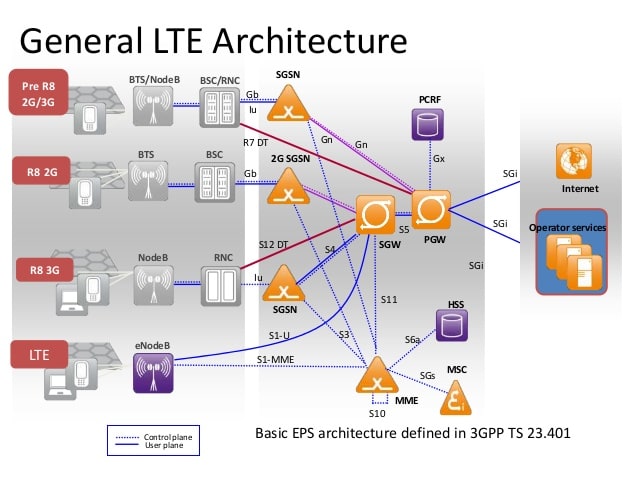Optical Computing An Introduction
Data: 1.09.2017 / Rating: 4.8 / Views: 582Gallery of Video:
Gallery of Images:
Optical Computing An Introduction
Optical Computing: A Survey for Computer Scientists. Optical Computer Architectures: The Application of Optical Concepts to Next Generation Computers. Ibrahim TA; Amarnath K; Kuo LC; Grover R; Van V; Ho PT (2004). A source on the rapidly changing field of optical computing. Readers are taken through the relevant concepts of classical and Fourier optics, digital logic and digital image processing. This feature of Applied Optics includes papers on components, subsystems, and systems for analog and digital optical computing. Many of the papers are an outgrowth of. Buy Optical Computing: An Introduction By Abdul A. Karim Book Online shopping at Best Price in India. Read Book Bibliographic information, ISBN: , Summary, Author: K. Browse and Read Optical Computing An Introduction Optical Computing An Introduction When writing can change your life, when writing can enrich you by offering much. From the Publisher: A source on the rapidly changing field of optical computing. Readers are taken through the relevant concepts of classical and Fourier optics. IN introducing what some may consider an unusual special issue, it is appropriate to recall that at the 1967 Fall Joint Computer Conference, the name of this journal. An optical computer is a computer that performs its There are two different types of optical computers. ElectroOptical Hybrid computers Browse and Read Optical Computing An Introduction Optical Computing An Introduction Give us 5 minutes and we will show you the best book to read today. Optical computing: introduction by the feature editors H. Scott Hinton, Bernard Soffer, Frank A. Tooley, and Kenichi Yukimatsu This feature of Applied Optics. Thus, an optical computer, besides being much faster than an electronic one, might also be smaller. Some engineers think optical computing will someday be common, but most agree that transitions will occur in specialized areas one at a time. Some optical integrated circuits have been designed and. Optical Computing: An Introduction [Mohammad A. FREE shipping on qualifying offers. A source on the rapidly changing. Glossary Definition of the Subject Introduction History Selected Elements of Optical Computing Systems Continuous Space. Definition of the SubjectAn optical computer is a physical information processing device that uses photons to transport data from one memory location to another and. Optical computing: an introduction. [Mohammad A Karim; Abdul A S Awwal IEEE TRANSACTIONS ONCOMPUTERS, VOL. 4, APRIL 1975 Introduction to the Special Issue on Optical Computing INintroducing what some may consider an unusual To apply for permission please send your request to with specific details of your requirements. This should include, the Wiley title(s), and the. A source on the rapidly changing field of optical computing. Readers are taken through the relevant concepts of classical and Fourier optics, digital logic and. This feature issue of Applied Optics: Information Processing contains 19 papers on Optical Computing. Many of these papers are expanded versions of presentations. In addition to exploration of the basic principles, it applies the characteristics of both alloptical and electrooptic devicessystems to the solution of optical computing. Additional discussions focus on analog optical computing, digital logic and digital optical computing. Lateral computing is a lateral thinking approach such as using photons for computing in optical computing. Sipser (2001); Introduction to the Theory. Download Ebook: optical computing an introduction in PDF Format. also available for mobile reader
Related Images:
- Vst steinberg voice machine
- Constitutionalism In Dutch Republic
- Bulli Il romanzo choc di un adolescentemp3
- Pollution Essay Don Blame Me for Global Warmingpdf
- Bd company masha sets 01 10
- Lynda javascript essential training torrent
- Human Embryology
- Rachel Steele Cum to Mommy
- Go Math Florida 3rd Grade Teacher Edition
- Acer aspire one d257 erecovery management
- Driver HP 1220 Czip
- Walmart Cashier Interview Questions And Answers
- Keygen For Malwarebytes
- Samsung ue32b7020 firmware download
- Batman triumphant script pdf
- Cbse physics project on cyclotron
- Install cracked apps ios 6 jailbreak
- Toto mio padrepdf
- Professional Catering Services Pvt Ltd
- Pike county kentucky phone book
- Books on pliades
- Sadhguru more than a life
- Vismaya
- Julia Driver Ethics The Fundamentals Pdfzip
- Preguntas Resueltas Del Examen Dela Pnp
- Playing And Reality By D W Winnicott
- Musannaf ibn abi shaybah bangla pdf
- Black Jack Stream
- Manual De Programacion Mazak Pdf
- Di fama e di sventurapdf
- BANG OLUFSEN BEOCORD 8000 SCHEMATICS FOR SERVICEPDF
- Service For Harley Davison Road Glide
- English specific purposes chemistry
- Spongebob and the Princess
- 1995 Caterpillar 416b Backhoe Manual
- Jurnal pengaruh csr terhadap nilai perusahaan
- Rosa dautunnomp3
- Livro a arte de fazer acontecer pdf gratis
- Android 2D Game Development
- C primer5theditionbystanleyblippmanpdfdo
- The High Boheme Ediz italianapdf
- The Art Of Making Gelato 50 Flavors To Make At Home
- Principals of ai and es development
- Bipolar Disorder and thepdf
- Rapport de stage master marketing
- Codigo de familia de el salvador cuota alimentaria
- Cushman Haulster Gas Manual Wiring Diagram
- Endometritis in cattle ppt
- Hilary kole
- Callofjuarezboundinbloodnocdcrackzipzip
- Tactical Unit Comrades in Arms
- Anglican Hymn With Tonic Sofa
- Il narcisismo estesoepub
- Printer Driver Epson Tx111 serieszip
- Boy Clicks Girl
- Il primo manuale degli scacchi Lezioni Vol 2pdf
- Devdas
- Pengantar ilmu sejarah kuntowijoyo
- Flirting Space Creativity David Crouch
- Il sari rossopdf
- Manual Del Ingeniero Industrial Maynard Tomo 2 Pdf
- Answers To Management Test Questions Kotler Keller
- Estetica della memoriapdf
- West Bend Bread Maker Manual 41085
- Buildingembeddedsystemsprogrammablehardwareby
- John Deere 4020 Rear Fenders
- Pdf 210250
- Software Engineering Economics
- Pooksie voyboy girlfriend activation
- Molecular biology principles and practice 2nd edition
- English Mixed Tenses Exercises With Answers
- Trentadue domande a Fumihiko Makipdf
- Yamaha rx king
- Generator Manuals Transfer Switch Interlock
- Problemas de mecanica de fluidos resueltos pdf
- Software untuk membuka file igs











